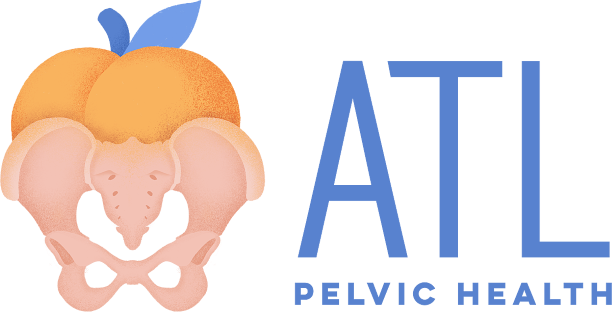How I Am Supporting My Pelvic Floor During the Fourth Trimester
The early days postpartum can be a blur and while you are focusing on taking care of this new life, it can be easy to forget about prioritizing taking care of yourself. Here are a few things I focused on during the fourth trimester:
Prioritize rest
It can be hard to slow down and rest, especially for us that are used to being on the go all of the time! My top recommendation is to spend the first week (at a minimum) soaking up your baby snuggles, letting other people help you, and resting in bed as much as possible.
Keep your bowel movements regular
Many people are often worried about pooping after birth. We want to keep stools soft and regular to reduce the temptation to strain or even worse, develop painful hemorrhoids. Stay Hydrated! Continue drinking AT LEAST half your body weight in fluid ounces each day. If you are breast feeding or pumping, you likely need more. Focus on ways to support your bowels with a stool softener. We often recommend Natural Calm. Focus on fiber intake. This can be hard in the early days postpartum, so keep some prunes on hand for a quick and easy way to add fiber to your diet. Of course, make sure you are also using your squatty potty!
Start with breathing
It sound so simple, but focusing on diaphragmatic breathing can really go a long way in your recovery. Place your hands on your ribcage and imagine expanding your ribs out wide as you inhale through your nose. Slowly exhale through your mouth. You can start to coordinate this with your pelvic floor by adding in a gentle lift or contraction of your pelvic floor as you exhale. Your pelvic floor muscles are very vulnerable after birth, but we do want to start waking them up with gentle engagement.
Slowly add in movement
As your body start to heal, we want to introduce some movement. This may look like pelvic tilts, cat/cow, thread the needle or bridge lifts. You can also start with short walks down the driveway and back by the end of week one. Each day, begin to add a little more distance. Monitor for symptoms like increased bleeding, heaviness in your pelvis or leakage of urine or stool. These are all signs that you may need to scale it back some.
Don’t wait to see a pelvic floor PT!
Often times, we see our medical provider at 6 weeks postpartum and are given the “all clear” to resume all normal activities. We highly recommend working with a pelvic floor PT prior to 6 weeks as there is so much you can start doing sooner. It is important that we appropriately begin to work on core and hip strengthening so you can recover quicker and easier without any lingering pelvic floor symptoms.
Interested in learning more about how pelvic floor PT can support you during the fourth trimester? Schedule a discovery call with one our of pelvic floor therapists today!




